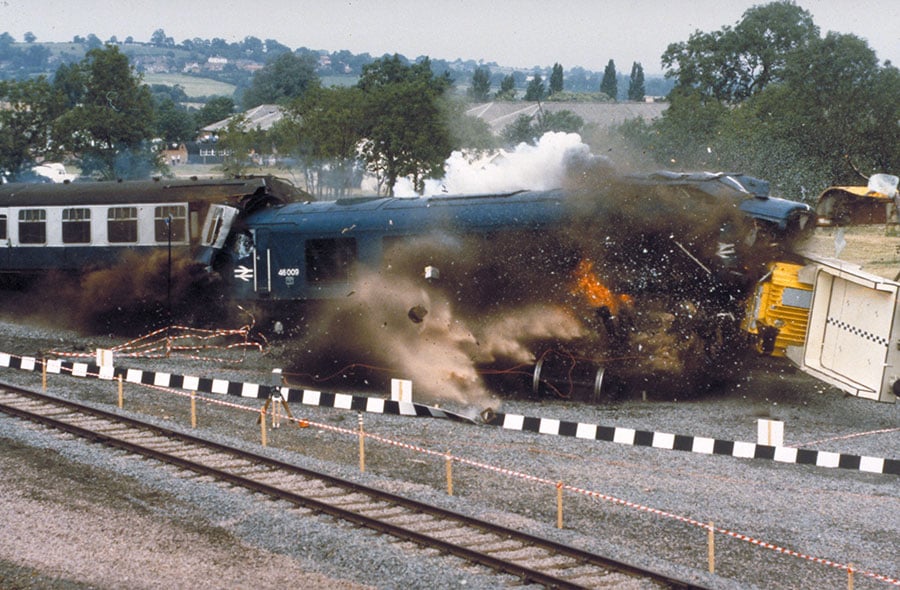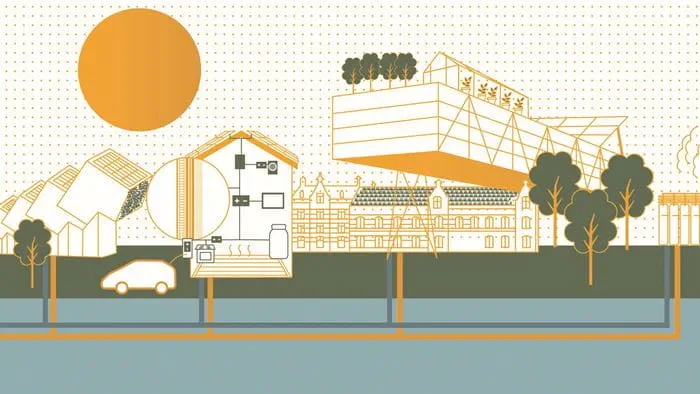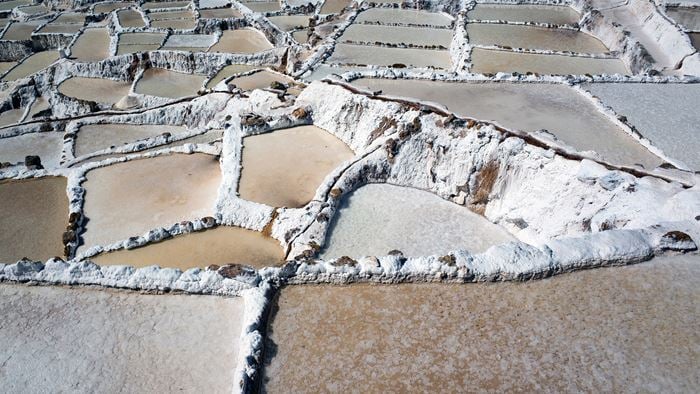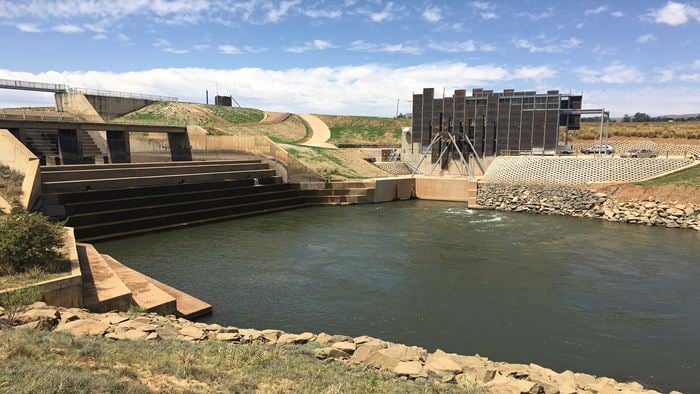In the UK, the Office for Nuclear Regulation (ONR) undertakes a range of regulatory activities to assure the safe transport of radioactive materials. Arup was appointed to analyse the risk from ‘real’ radioactive materials transport accidents in the UK, and to assess accident scenarios which are considered to be beyond ‘current design basis’ of transport packages.
Fundamental to the successful delivery of this project was our expertise in probabilistic risk modelling techniques, nuclear and rail safety and risk assessment, radioactive material package design, GIS mapping, and fulfilment of the stringent security requirements of the project.
The study
Our study included hazard identification, GIS route mapping of Type B transport package routes across the UK road and rail network, derivation of initiating transport accident event frequencies, constructing fault trees and event trees of accident sequences, consequence analysis for each package variant, and identifying the levels of certainty associated with the data.

Our analysis showed that most ‘real’ accident scenarios are within the design basis of the Type B packages currently used in the UK, and accidents considered beyond design basis are expected to occur at low frequencies, comparable to tolerability limits set by the UK Health and Safety Executive.
The study brought up to date the original risk assessment study undertaken by Arup in 1984, which utilised full-scale crash tests of a Type B package rail locomotive.
Arup’s work underpinned a wider assessment of the UK’s current emergency planning and response arrangements.





